Lights NiceDec 2010
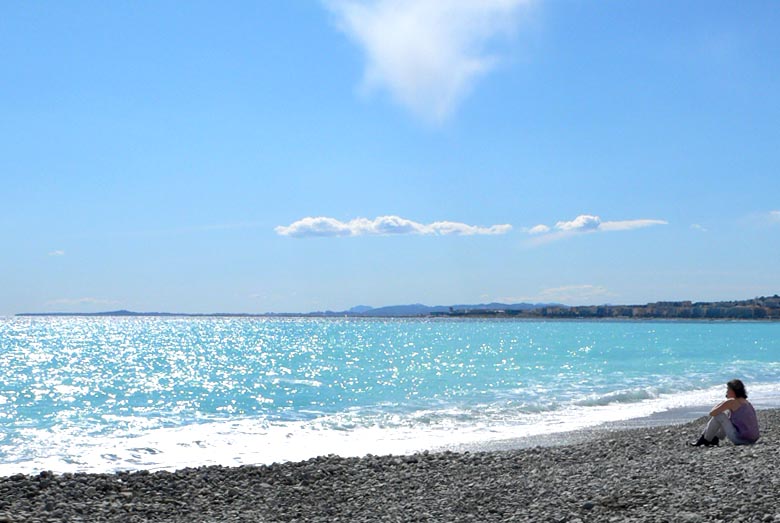
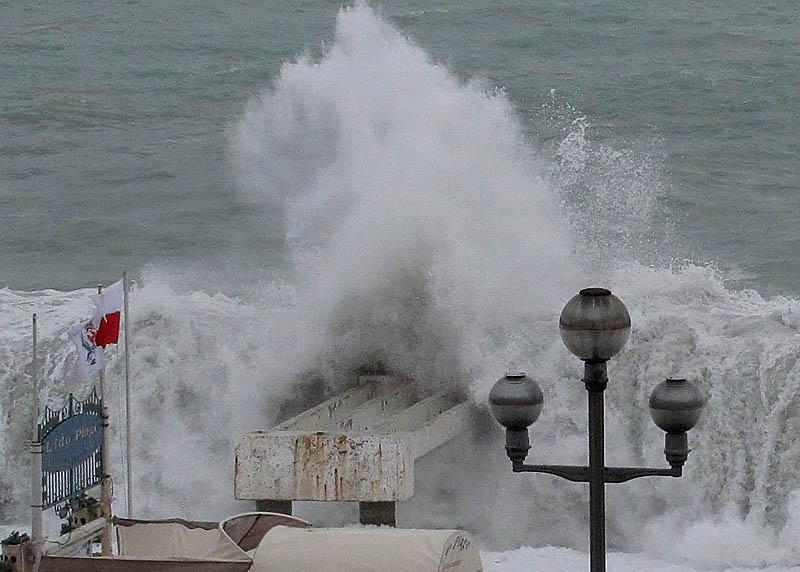
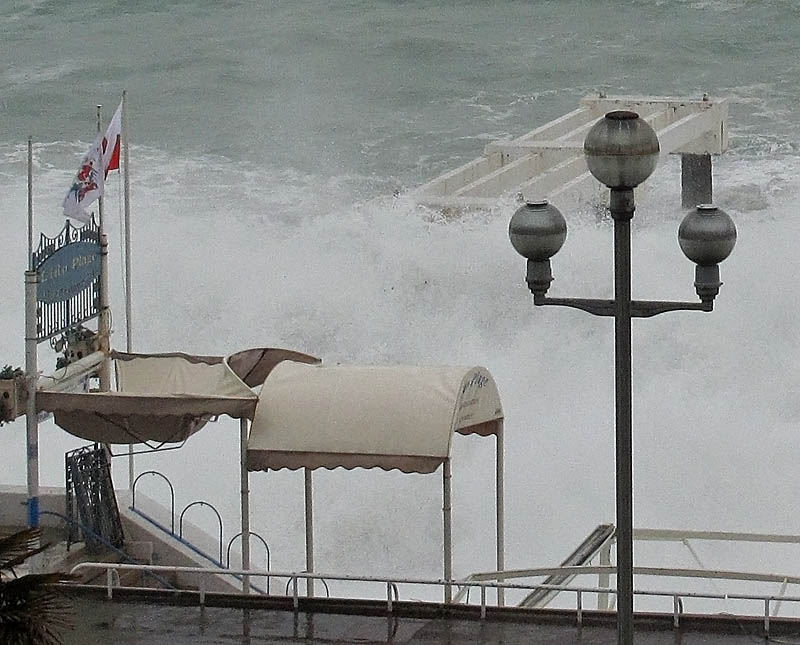
"Freak waves battered the southern French coast between Cannes and Nice on Tuesday afternoon (4.5.2010), causing major damage to beach constructions only a few days before the Cannes film festival is set to begin.
Ten-metre-high waves (33 feet) battered the coastline, leaving one woman with a fractured leg and causing major material damage.
"There were very big waves this afternoon that caused major material damage to beach constructions, but there were no disappearances," regional authorities told AFP.
In Cannes, some 20 restaurants were damaged and several cars overturned.
In Nice, not only the beaches were closed but also part of its famous Promenade des Anglais.
The timing of the natural disaster – days before the opening of the tourist season – could spell economic disaster for the French Riviera.
The owner of Castel, a trendy beachside restaurant in Nice, told local daily Nice-Matin he was unsure whether his business could reopen this year.
“It’s terrible. We feared for our lives when the waves turned into seven to eight-metre-high monstrous bombs."
http://www.france24.com/en/20100505-freak-waves-smash-french-riviera-storm-cannes-nice-disaster-destruction-beach-croisette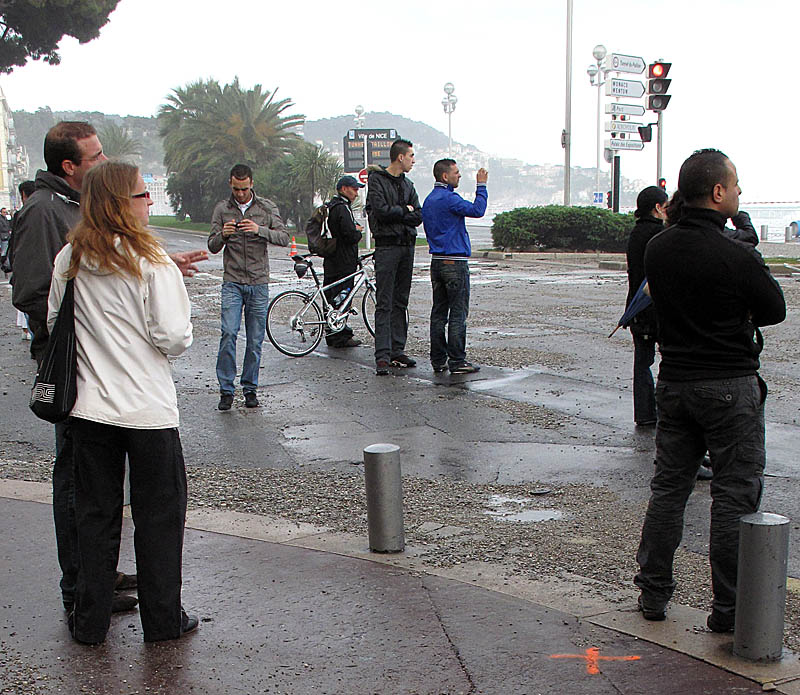

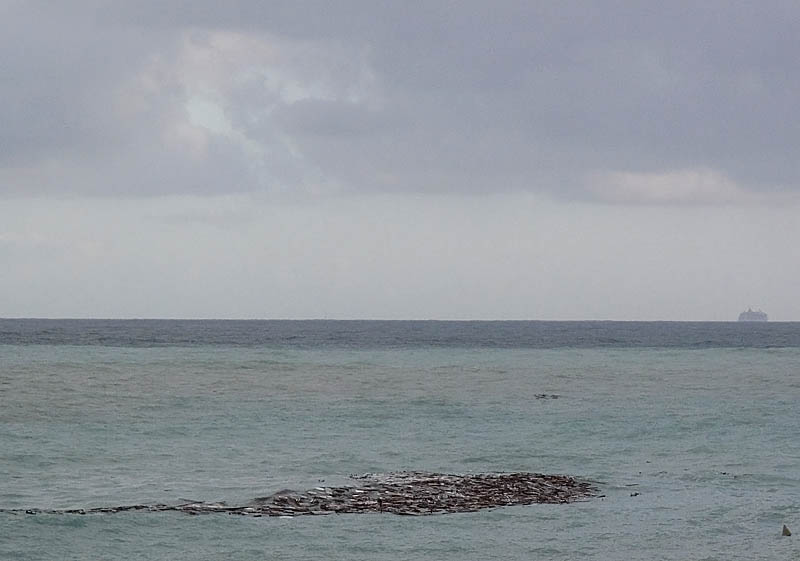
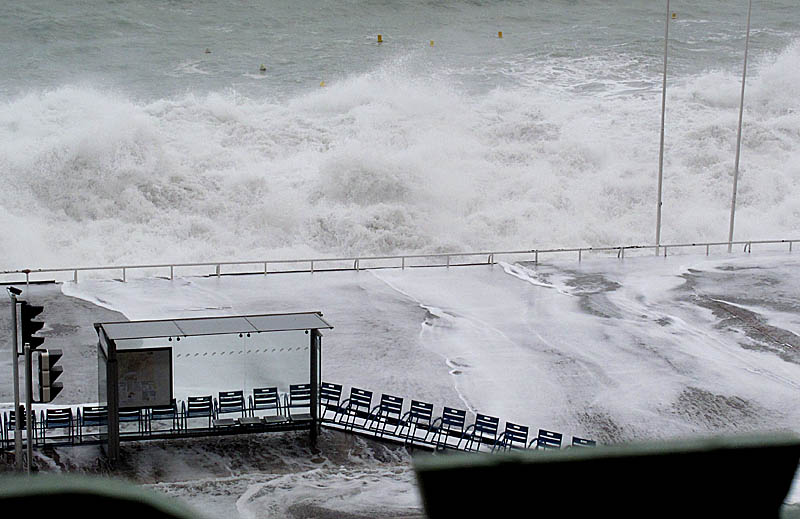
Posted by
ted
at
13.5.10
2
comments
![]()
Another reminder to always take the camera: I took a walk to Place Massena, Nice and came across Tango dancers ! Had to make do with the iphone: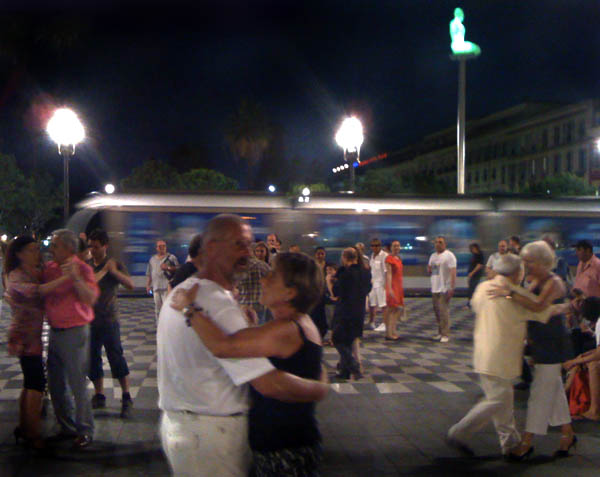
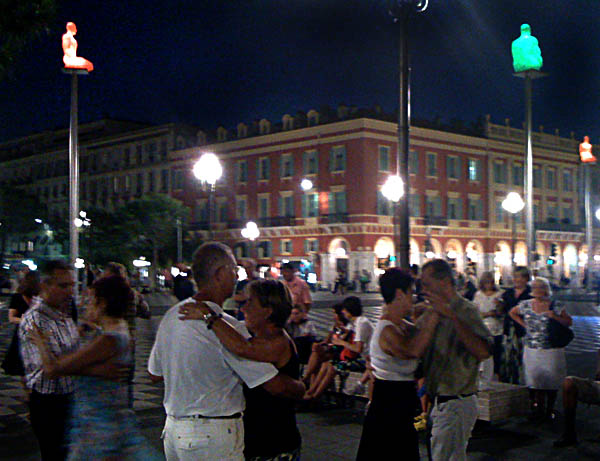
With his glam mum: 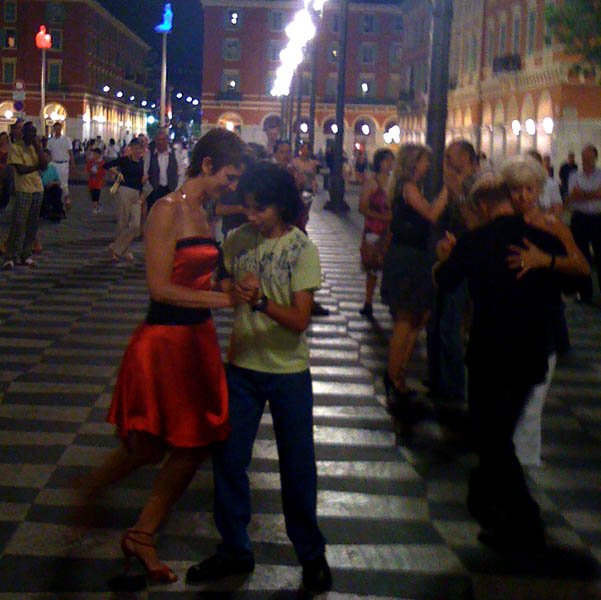
A dance for all ages: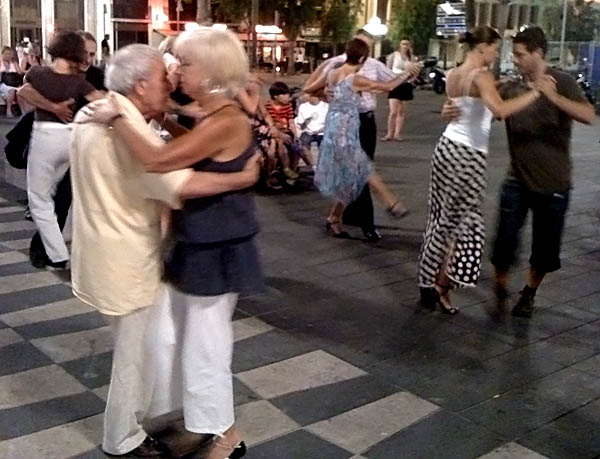
OK, he's a bit too young:
"You aint goin nowhere":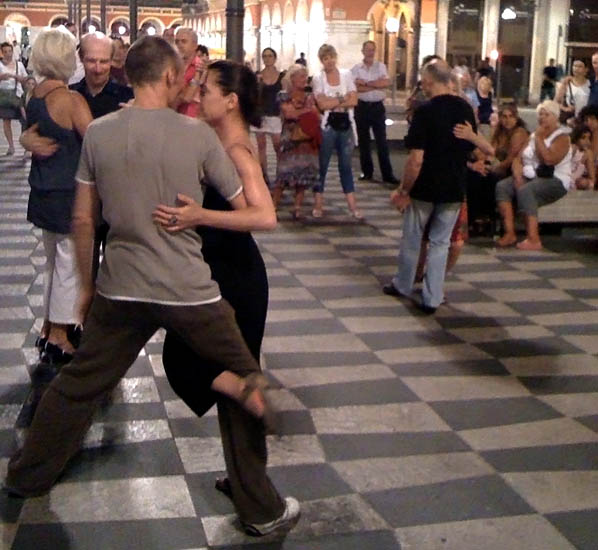
"Don't stand so, don't stand too close to me ...":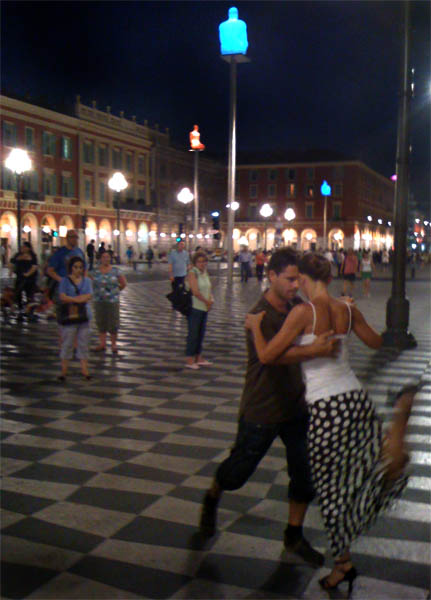
Posted by
ted
at
17.7.09
0
comments
![]()
I took a break from the Paris and had a weekend in the country with LEP and visited the kind of area around Paris frequently painted by the Impressionists. Now their paintings are extremely popular and the idea that they were political radicals seems bizarre. However they struggled against the authoritarian systems in the France of their time, most directly the Salon system, which regulated access to the public, but also against the general, authoritarian political system of their early years.
I was lucky enough to be able to stay at LEP's place, near Fontainebleau, which was quite a contrast with the bustle of central Paris: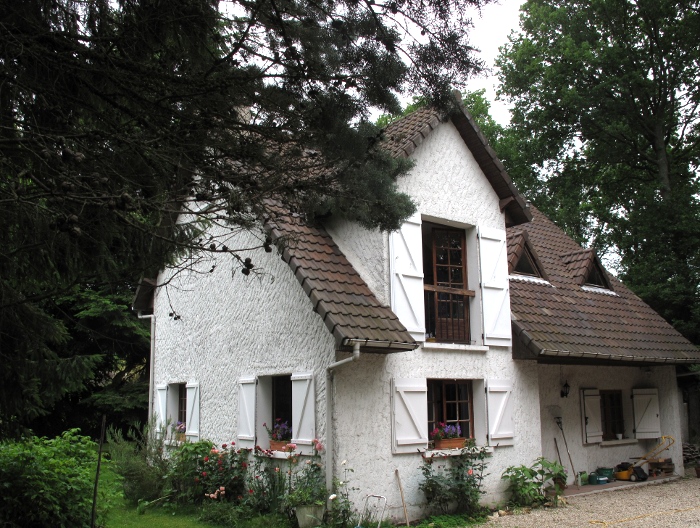

In his garden one could listen to the bird-song:
On Saturday we went to nearby Moret-sur-Loing: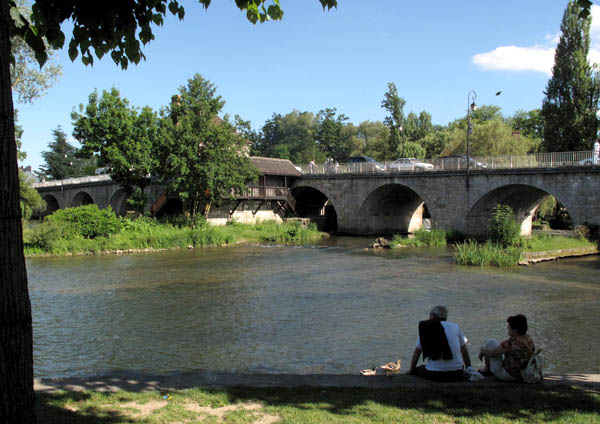
The Impressionist painter Alfred Sisley had spent his last decade there, sadly in poverty: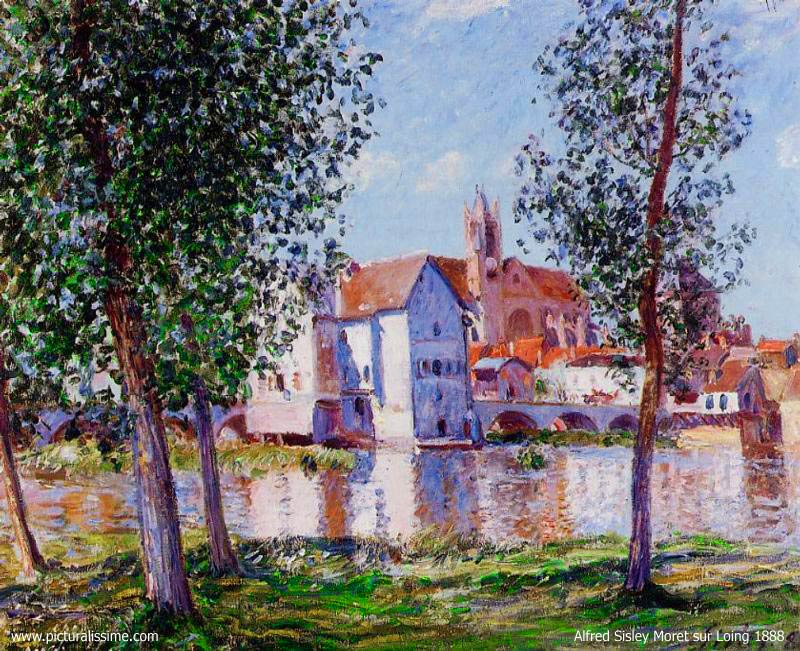
Sisley was born in Paris to affluent English parents ... At the age of 18, Sisley was sent to London to study for a career in business, but he abandoned it after four years and returned to Paris. Beginning in 1862 he studied at the atelier of Swiss artist Marc-Charles-Gabriel Gleyre, where he became acquainted with Frédéric Bazille, Claude Monet, and Pierre-Auguste Renoir. ... Sisley and his friends initially had few opportunities to exhibit or sell their work. Unlike some of his fellow students who suffered financial hardships, Sisley received an allowance from his father until 1870 [when his father's business collapsed following the Franco-Prussiian War], after which time he became increasingly poor.
http://en.wikipedia.org/wiki/Alfred_Sisley

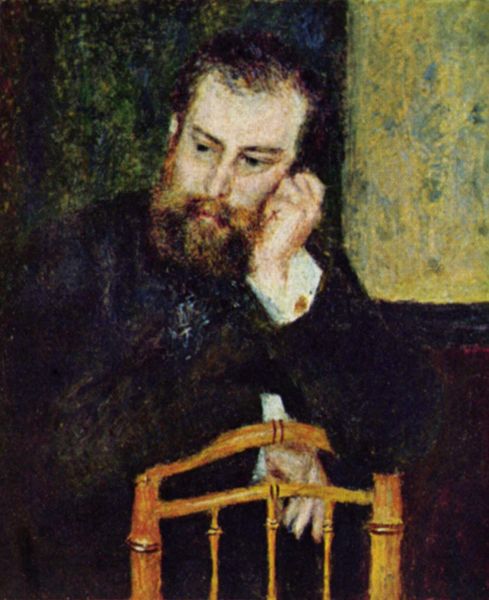
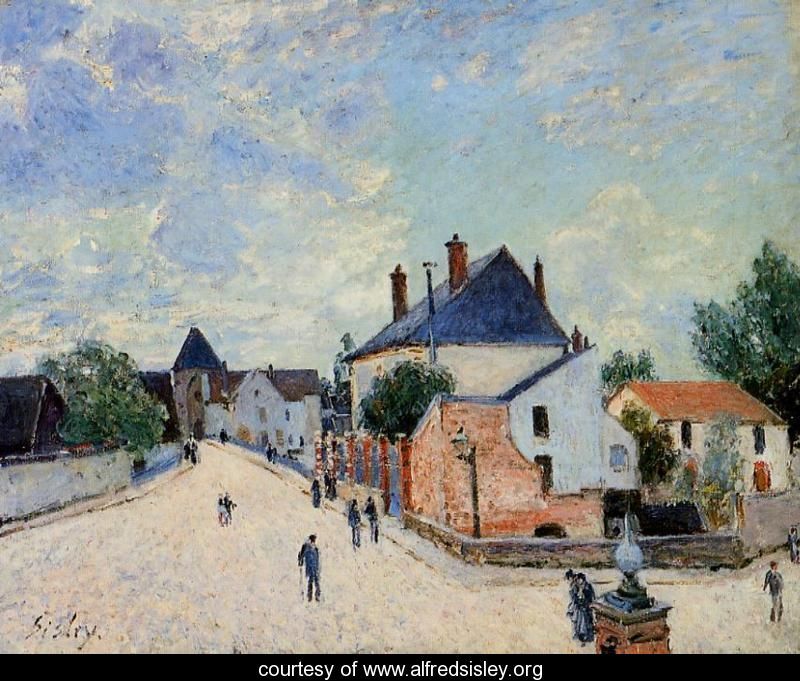


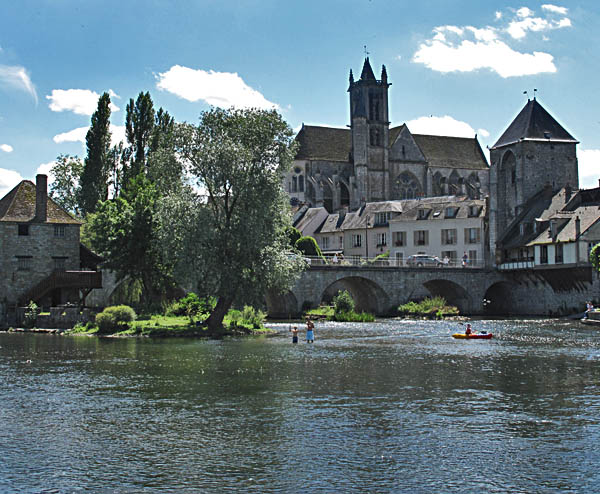

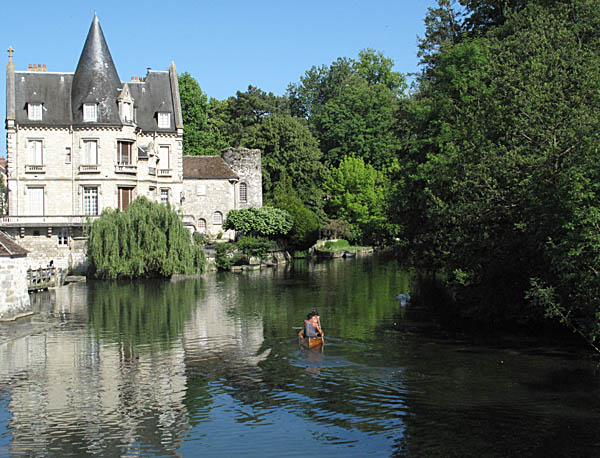

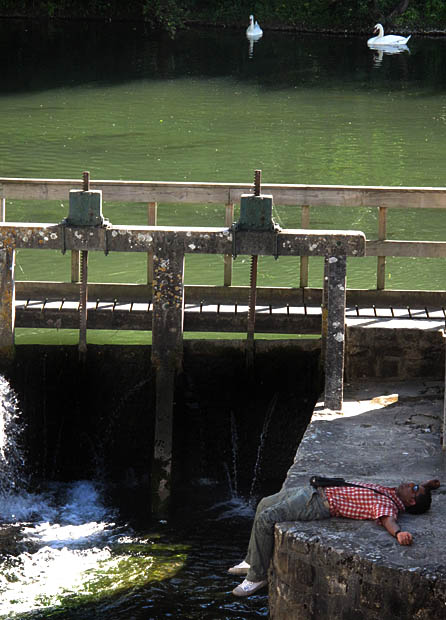
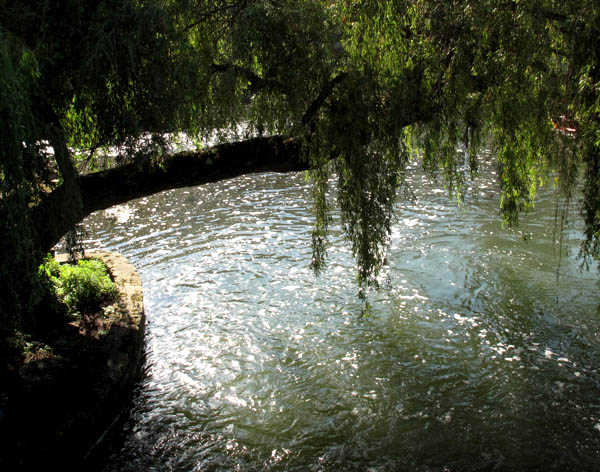


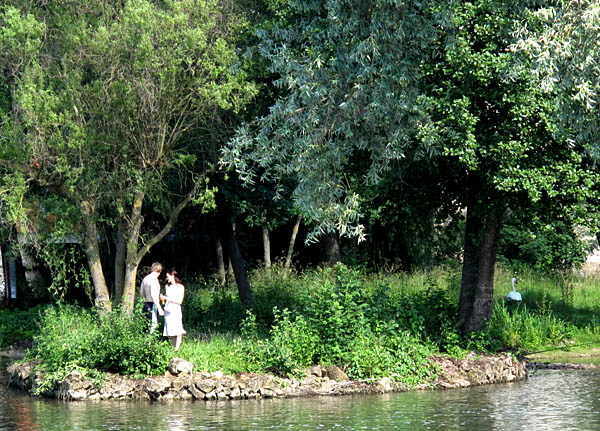
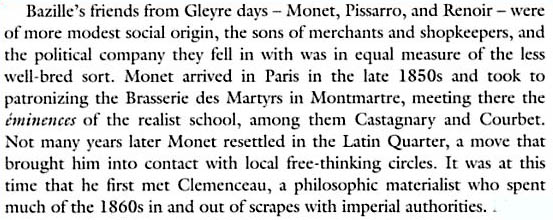


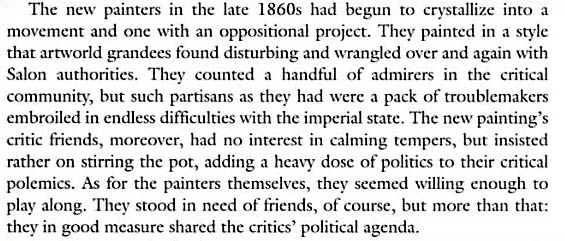
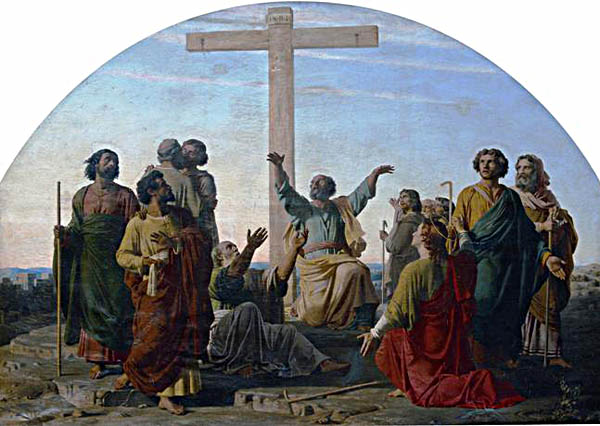
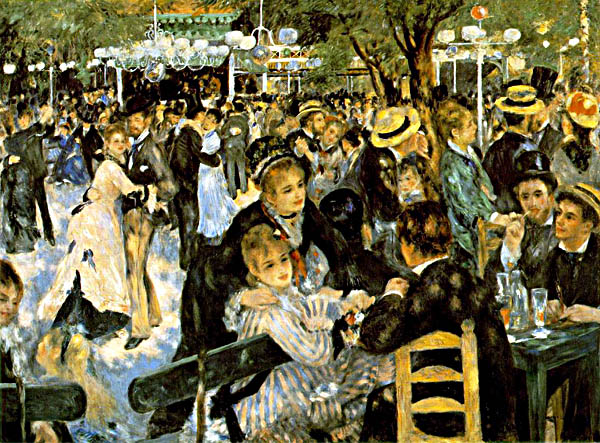

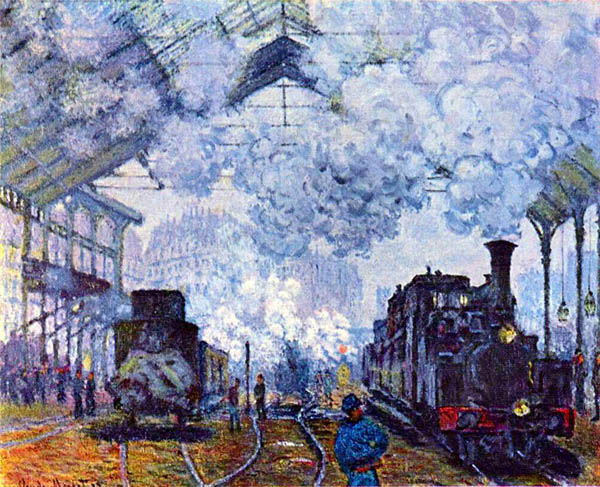
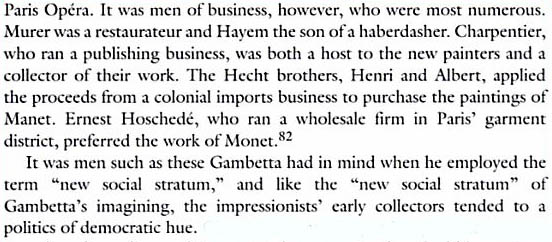
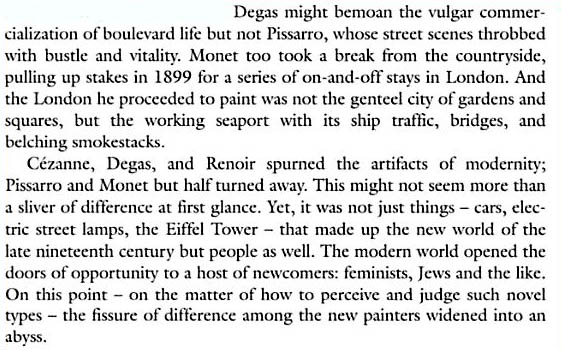
Ibid.
The National Gallery of Victoria, Australia, is curently showing an exhibition of works by Camille Pissarro, The First Impressionist. And ironically, while contemporary local anarchists will be celebrating ten years of the Black Star on March 4th, Melbourne's yuppies will be celebrating the opening of the exhibition at a "Parisian soiree". Join them, if you wish, "for a beautiful French inspired evening with live entertainment, wine, canapés and a preview of the exhibition." Admission is available to anyone with $55.00 to spare ...
Camille Pissarro is revered today as a father of Impressionism. But the radical spirit of one of the world's most revolutionary art movements stayed with him all his life, much to the horror of his dealer.
"He was an active supporter of anarchist politics well into middle age, at a time when anarchists were bombing restaurants, theatres and horse-drawn taxis," says the National Gallery of Victoria's senior curator of international art, Ted Gott.
... Still, the millions (upon millions) of victims of European capitalism and imperialism weren't Presidents or Prime Ministers, Kings or Queens, so who cares? In fact, I expect that contemplating their fate -- and the reasons why Pissarro dedicated much of his life and work to overthrowing the social structures responsible for their deaths -- would only spoil, say, "a beautiful French inspired evening with live entertainment, wine, canapés and a preview of the exhibition". And let's face it, which is more important?
...
Of course, Pissaro's politics is not the only remarkable fact about Pissarro, Impressionism, or, importantly, their legacy to the local Victorian economy:
[The Pissarro exhibition] follows the NGV's 2004 Impressionism exhibition that generated $25.7 million for the Victorian economy and attracted more than 380,000 visitors, including 78,000 from interstate and overseas...
An outcome that would, no doubt, generate joy in Pissarro's heart were he alive today. (Then again, probably only if he could use it to subsidise local anarchist projects.) ...
http://slackbastard.blogspot.com/2006/02/camille-pissarro-anarchist_28.html

Posted by
ted
at
24.6.09
0
comments
![]()